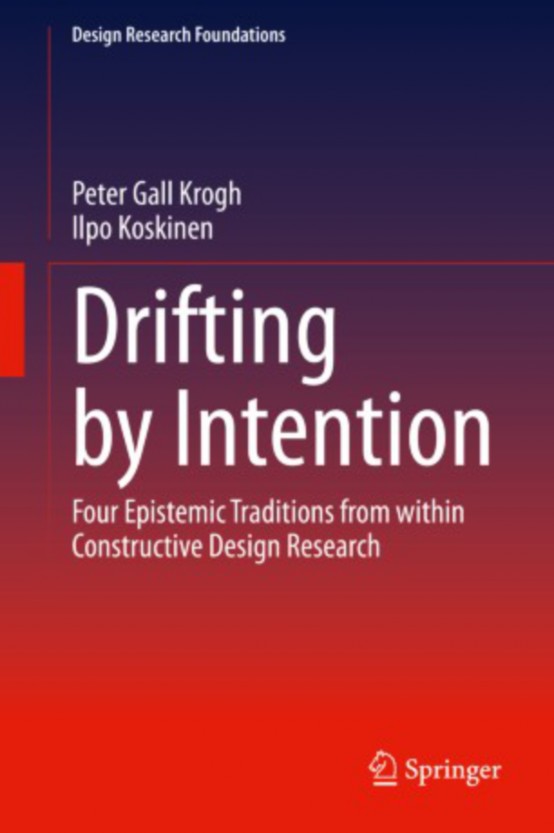
Peter Gall Krogh Aarhus University Denmark pkrogh@cc.au.dk
Ilpo Koskinen
University of New South Wales Australia
Contents
Drifting 1
Drifting in Profession and Research 4
Constructive Design Research 5
Drifting in Design and in Constructive Design Research 7
New Experimentalism as a Lens 9
Explicating Drifting 10
On Terminology and the Structure of the Book 12
Shift to Knowledge 15
Knowledge as Method and as Aesthetic 16
Artifacts as Knowledge 18
Frameworks and Programs: Discourse as Knowledge 21
Knowledge as Participation: How Users Motivate Drifting 22
What to Expect From Constructive Design Research:
Re-Articulation 25
Sum Up 27
Drifting in Four Epistemic Traditions 29
Experiential Tradition and Drifting 30
Methodic Tradition and Drifting 34
Programmatic Tradition and Drifting 36
Dialectic Tradition and Drifting 40
Drifting, Accountability, and Context: The Art of Being
Robust 44
Design Hypothesis: Knowledge-Relevance Model 47
Mapping Design Practice in Relation to Knowledge 48
The Knowledge-Relevance (K-R) Model 50
Design Hypothesis in the Four Epistemic Traditions 53
Hypothesis in the Experiential Tradition 53
Hypothesis in Methodic Epistemic Tradition 54
xi
xii Contents
9.1 Knowledge-Relevance: Talking to Two Audiences . . . . . . . . . . . . . 108 9.2 Epistemic Traditions in Their Full Depth . . . . . . . . . . . . . . . . . . . . 108 9.3 Drifting in Conceptual Scaffoldings . . . . . . . . . . . . . . . . . . . . . . . . 110 9.4 New Experimentalism . . . . . . . . . . . . . . . . . . . . . . . . . . . . . . . . . . . 112 9.5 Towards Technical Humanism . . . . . . . . . . . . . . . . . . . . . . . . . . . . . 114 9.6 The Limits of Eurocentricism 116
Contents
xiii
Constructive Design Research Beyond Europe 118
The Future of Design as a Knowledge-Based Discipline 119
Corpus 123
Primary Corpus 125
Expanded Corpus 126
Literature 129
Index 139

